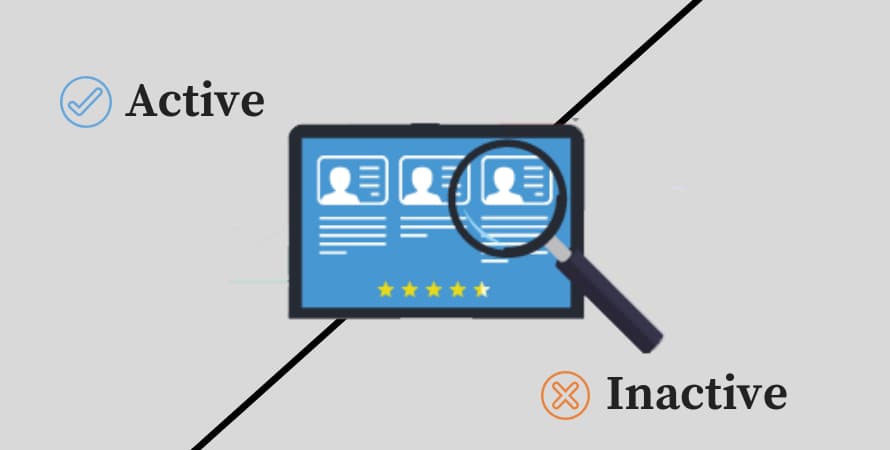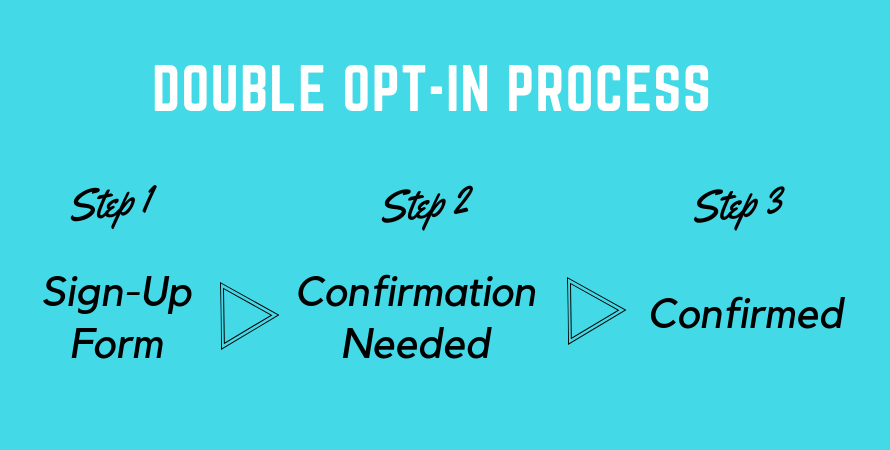
When it comes to email marketing campaigns, numbers are crucial. Unfortunately, most people place the number of subscribers they have ahead of other metrics that are more important. While having a large email subscriber list may seem great, it only matters if the majority of your subscribers are engaged. After all, what good is your email if no one interacts with the content you provide?
Why is Subscriber List Maintenance Important?
Having a clean list helps improve several metrics that help measure your email campaign's success.
- Email Deliverability - The ability for your emails to reach your subscriber's inbox.
- Open Rate - The percentage of your emails that are opened by subscribers.
- Click Rate - The percentage of your emails that registered at least one click.
- Inbox Placement Rate - The percentage of your emails that end up in the user's primary inbox as opposed to spam or secondary mailboxes.
If you don't clean your list, you'll have a higher bounce rate, more spam complaints, and an increased risk of being caught in spam traps.
1) Perfecting the Opt-In Process is the First Step

If you employ a double opt-in process it forces a subscriber to take the time to confirm their subscription. Users who confirm are one step closer to proving genuine interest in your brand. Interested users will interact with your emails, increasing your user engagement and inbox placement rates.
2) Easy Opt-Out Options Make Your Job Easier
You should always provide your subscribers with straightforward ways to opt-out of your email list. By placing a link to unsubscribe in the header, footer, or both; you give users the ability to remove themselves from your list when they see fit. This will save you the trouble of cleaning up some users who lose interest in your content over time. Instead of just placing a link that automatically unsubscribes the user, provide a preference centre to help improve retention.
3) Build A Preference Centre
A preference centre will allow users to decide how frequently they receive your emails. If you offer a variety of content, a preference centre will enable them to choose which emails interest them the most as well. Opt-out options are also readily available. Since the emails align with their schedules and interests, engagement and inbox placement rates increase while spam complaints and opt-outs due to email fatigue decrease.
4) Don't Buy Email List

Although it can be tempting to get a sudden bump of subscribers, these lists come with a host of problems. First off, the purchasing of an email list is a violation of the Terms of Service agreement you entered with your email service provider. Any of these addresses can be spam traps which will get you blacklisted. On top of that none of these individuals opted-in for your emails which leads to a lack of engagement and increase in spam complaints.
5) Remove Inactive Addresses
While seeing your subscribers drop is disheartening holding on to inactive addresses hurts you in the long run. First and foremost, remove hard bounces to keep deliverability failures down. Then take stock of who's left. You want to remove users who have been inactive for 12 months. For anything under 12 months, you need to create a system that best fits your email schedule. For example, if you send out emails weekly you may remove users who were inactive for three months. If you send them out daily, you will remove them sooner.
The takeaway — a small subscriber list with engaged users is more valuable than an extensive list with tons of inactive subscribers. Review your subscriber list every six months to a year to ensure that you are making the most of your email campaigns. Contact us if you have any questions about maintaining your subscriber list!







